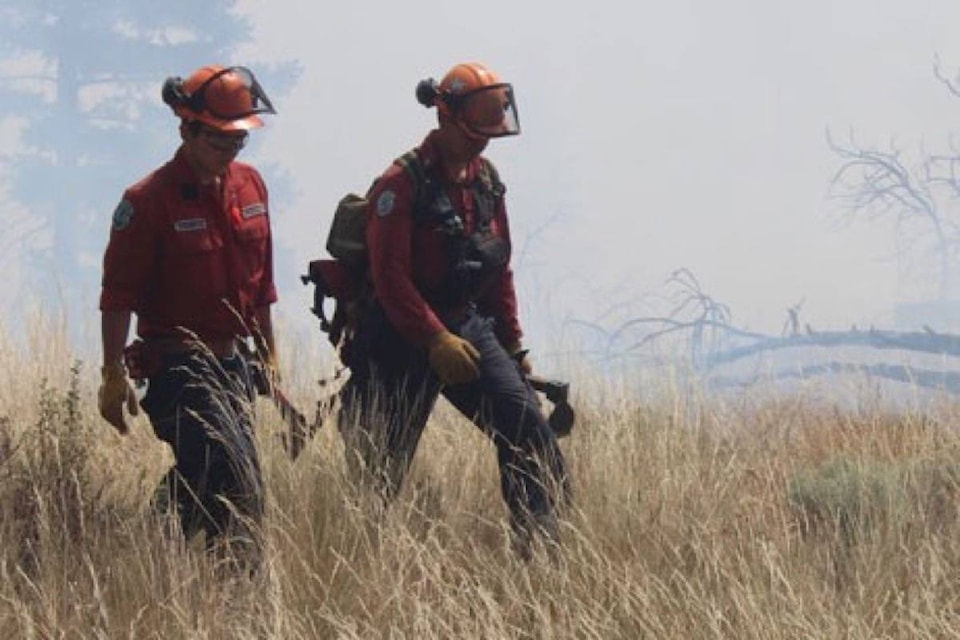June is the month to watch this year.
The chances of flooding in the Shuswap this spring are small but the chance of wildfires, depending on what happens in June, could be high.
Tom Hansen, the Columbia Shuswap Regional District’s emergency program coordinator, notes the snowpack dropped off earlier in the region than normal this year and the decreases were substantial.
Even though temperatures around Salmon Arm and area rose quickly in the last week or so, Hansen explained that because the snow pack at the higher elevations is below normal, snow has continued to melt fairly quickly and flush through the system.
Although there’s always a bit of a lag from the melt to the lake level, the lake, at 347.57 metres, is not nearly what it can be at this time of year.
“There are no issues until you get to the 348 or 349 level,” he said.
Hansen added that it will likely be three to four weeks, depending on the system, for the creeks to rise.
He said although a mass flood isn’t expected, that’s always prefaced by the possibility of a massive storm and flash flooding.
“That stuff is always on the table. One of the things they can’t predict is total amount of rain ahead of time.”
He said the worry at this point is about fire season, and moving into drought conditions.
Read more: Ban on open burns, fireworks, announced for Kamloops Fire Centre
Read more: Shuswap wildfire near Annis Bay being held
“We’ll have to watch how much rain we get in June. Typically we don’t get a lot in July and August.”
Environment Canada records showed that average precipitation for the Kamloops/Kelowna area should have been more than 80 millimetres between February and May but not much more than 17 mm has come down, he said.
“Between May and June we typically get a lot of rain. We’re not through June yet and there’s some precipitation forecast for the weekend.”
Hansen noted the spring green-up helps raise humidity, but if no more rain falls, the heavy grasses on the forest floor can dry out.
“If we get fires, they will burn deeper and longer.”
Hansen said if rain falls in June, the threat would be lessened – sustained rain for a few days, that is, or every two weeks.
“If we don’t, it could be a a bad fire season. I’m hoping there are not a lot of lightening storms.”
As always, he suggests people be prepared for emergencies.
“If you haven’t already done so, have a grab-and-go bag, have a plan; it’s always good to start thinking ahead. Have plans for pets.”
martha.wickett@saobserver.net
Like us on Facebook and follow us on Twitter
j
